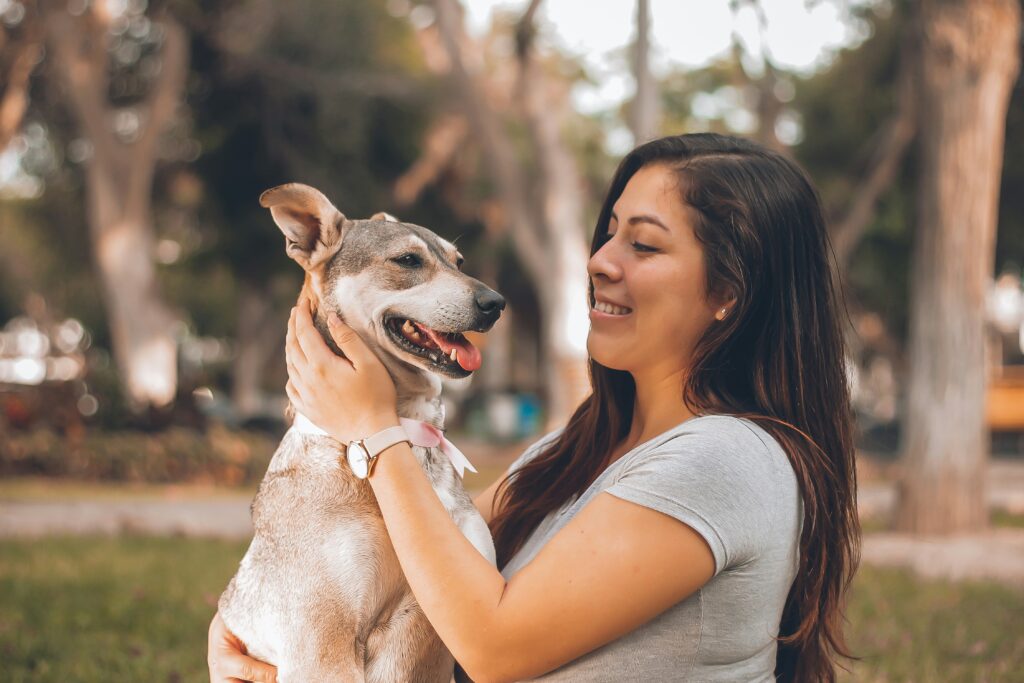Letting Go Like a Dog: Mindfulness in Release
Dogs are masters at moving on. Step on their tail by accident? You’ll get a yelp, maybe a moment of confusion — and then a wag. Drop them off at the vet? The second you return, it’s as if you never left.
They don’t stew over slights or replay mistakes. Dogs live in the present, and when something unpleasant happens, they let it go almost instantly.
This natural ability to release — whether it’s fear, frustration, or unmet expectations — is a powerful mindfulness practice we humans can learn from.
1. Why Letting Go Is So Hard for Humans
Unlike dogs, we tend to hang onto things long after they’ve passed. An argument at breakfast can sour our mood for the whole day. A mistake from years ago can still haunt us.
Part of this comes from our tendency to replay events in our minds. But mindfulness teaches us that the more we focus on what we can’t change, the more we suffer. Letting go is an act of kindness — for ourselves.
2. Dogs Don’t Dwell on the Past
If your dog gets startled by a loud noise on a walk, they might freeze — but once they realize it’s harmless, they carry on. They don’t spend the rest of the walk bracing for it to happen again.
Imagine if we could treat life’s little hiccups the same way. A bad meeting, a traffic jam, or a harsh comment wouldn’t have to follow us all day.
3. Forgiveness Without Conditions
Dogs are quick to forgive, even when we fall short of their expectations (like forgetting to fill the water bowl). This doesn’t mean they forget entirely, but they don’t let the memory block their ability to enjoy you in the moment.
For us, forgiveness is less about excusing bad behavior and more about freeing ourselves from the weight of resentment.
4. Letting Go of Control
One of the biggest sources of stress is our desire to control outcomes. Dogs, however, accept what’s happening — whether it’s sunny or raining, whether their walk is long or short.
Mindfulness encourages us to release the need for things to go exactly our way. The more we can adapt, the lighter life feels.
5. The Physical Side of Release
Dogs literally shake things off. After a stressful encounter, you might see your dog give a full-body shake. This isn’t just about drying off — it’s their way of releasing tension.
Humans can do the same with mindful breathing, stretching, or even dancing around the living room to let go of built-up stress.
6. The Freedom That Comes With Release
Holding onto anger, fear, or disappointment takes energy — energy we could be using to notice the good in our lives. Dogs don’t waste energy this way, and as a result, they have more room for joy.
When we practice letting go, we create space for gratitude, connection, and peace.
Practical Ways to Let Go Like a Dog
-
Take a deep breath pause. When something frustrating happens, breathe in slowly for four counts, out for four counts, and then move on.
-
Create a “shake it off” habit. Stand up, roll your shoulders, or literally shake your body to release tension.
-
Use a mental “drop it” cue. Just as you’d tell your dog to drop a toy, tell yourself to “drop” the thought that’s dragging you down.
-
Redirect your attention. Shift your focus to something engaging and pleasant, just as a dog might run to greet a friend after a scare.
Why Letting Go Is a Mindfulness Superpower
Life will never be free of challenges, but dogs show us that our relationship with those challenges is what matters most.
When we let go of the past and stop clinging to what we can’t control, we live more fully in the present. That’s where joy, peace, and connection are waiting — tail wag included.



